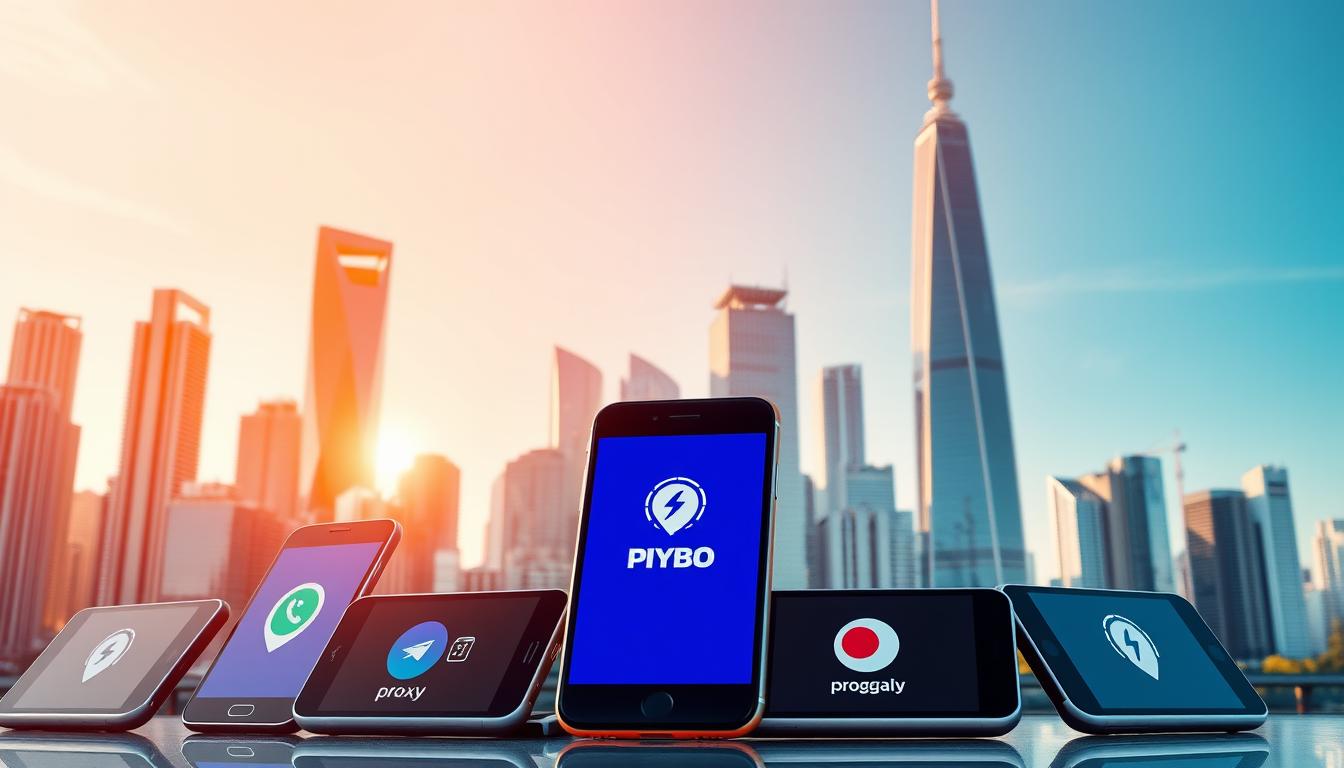FTC disclaimer: This post contains affiliate links and I will be compensated if you make a purchase after clicking on my link.
DSL is one of the most widely used and popular ways of providing broadband internet services along with cable internet.
It provides dedicated and point-to-point high-speed internet service.
What is a Digital Subscriber Line (DSL)?
Digital subscriber line(DSL) is a communication technology that transmits high bandwidth data over a standard telephone line.
The telephone line is formed of copper wires, which are directly connected with the modem.
Moreover, the DSL technology’s benefits are that you can use both network and telephone services at the same time without disrupting either your voice or network connections.
You can achieve both the services ( telephone and internet facility) at the same time by using splitters (also known as DSL filters).
The splitters’ work is to split the frequency carried by copper wire so that both the telephone and internet services won’t get interrupted.
The advantage of DSL technology is that it can provide high-speed broadband services to dispersed locations without much change in telecommunication infrastructure.
How fast is DSL speed?
The DSL network speed will vary depending on the subscriber plan and Internet Service Providers.
You can get DSL internet speed as low as 512 kbps, but DSL internet service providers can offer you a rate of 25 Mbps.
The maximum DSL speed you can get is 100 Mbps.
The actual speed of DSL internet service may also depend on some other factors like:
- The quality of the copper phone line carrying internet services
- Distance between customer site and network service provider (NSP) central office equipment.
Different Types of DSL Technology
There are two types of DSL technologies.
- Asymmetric DSL (ADSL)
- Symmetric DSL (SDSL)
Asymmetric DSL (ADSL)
Asymmetric DSL offers higher downstream data speeds than upstream data speeds.
It means that you can have a higher download speed than upload speeds.
In such cases, you will find more downstream bandwidth and less upstream bandwidth.
With ADSL, the internet service providers can offer a higher downstream speed of 20 Mbps and an upstream speed of 1.5 Mbps.
They provide a higher frequency range for downstream because people like to download more than to upload.
There is a different form of asymmetric DSL, which includes as below:
ADSL (Asymmetrical Digital Subscriber Line)
ADSL offers asymmetric data speed ranges from 9 Mbps downstream and 640 kbps upstream to 1.5 Mbps downstream and 16 kbps upstream.
The former speed range is suitable for business purposes, and the latter speed range is preferable for residential customers.
Moreover, ADSL can deliver both high-speed internet service and telephone service over the same copper line simultaneously.
ADSL Lite (or G.lite)
ADSL lite offers a lower speed version of ADSL. It can deliver a transmission rate of up to 1 Mbps downstream and 512 kbps upstream.
It is mostly suitable for a distance of 18,000 feet from the network service provider central office.
R-ADSL (Rate-Adapative Digital Subscriber Line)
The R-ADSL offers the same data speed range as ADSL, but it provides additional functionality to adjust the connection’s speed.
The data speed of the connection can be adjusted with the help of a modem. It depends on some of the additional factors like the length and quality of the transmission line.
ADSL 2+
ADSL 2+ is the advanced version of ADSL, which can deliver up to 20 Mbps downstream and data speeds of up to 850 kbps upstream.
VDSL (Very High Bit-rate Digital Subscriber Line)
VDSL is the fastest DSL service. It provides a transmission rate ranging from 13 to 52 Mbps downstream and from 1.5 to 2.3 Mbps upstream.
It offers data services from a distance range of 1000 to 4500 feet from the network service provider’s premises.
VDSL2 (Very High Bit-rate Digital Subscriber Line 2)
It is the fastest version of VDSL that can offer up to 100 Mbps for long distances.
Symmetric DSL
Symmetric DSL connection provides an equal transmission rate for both downstream and upstream speed ranges, which means download and upload speed would be the same.
It is mainly for business class services, which require a more generous amount of download and upload speed.
There is a different form of Symmetric DSL, which include as below:
SDSL (Symmetric Digital Subscriber Line)
It provides equal downstream and upstream data transmission of up to 1.54 Mbps.
SHDSL (Symmetrical High-Speed Digital Subscriber Line)
SHDSL transmits data at a higher speed compared to SDSL over the same copper telephone lines.
Moreover, symmetric DSL became a popular choice for businesses, private networks, web hosting, and other business services.
SHDSL supports transmission rates ranging from 192 kbps to 2.3 Mbps for both downstream and upstream.
HDSL (High Bit-Rate Digital Subscriber Line)
HDSL support downstream and upstream speed ranges from 1.544 Mbps to 2.048 Mbps at a distance ranges from 12,000 to 15,00 feet.
It is helpful in applications like videoconferencing, where you need high download and upload speed.
Other types of DSL
IDSL (ISDN Digital Subscriber Line)
The ISDN Digital Subscriber Line can support transmission speed of up to 144 kbps at a distance of 18,000 feet.
It uses the same technology as ISDN but offers an “always-on” connection, unlike ISDN.
What are the pros and cons of DSL connection?
Pros of the DSL connection
- DSL connection is widely available and can be used with your existing telephone line.
- It will cost you less compared to a satellite or broadband Internet connection.
- DSL connection provides internet services with a dedicated circuit similar to phone services. So, several DSL subscribers online at once don’t let your internet speed down.
Cons of the DSL connection
- Other internet services provide the fastest connection compare to a DSL connection.
- DSL data speed depends on how far you are from the central office. The transmission speed will be slow if you are far away.
Conclusion
A DSL connection can be very cost-effective because it uses your existing telephone line.
You have a choice of different connection speeds and pricing from the available internet service providers.
The downside of DSL internet service is that it is available over a limited physical distance and can be slow if you are far away.
Mostly, for residents, the download speed will be higher than the upload speed.








